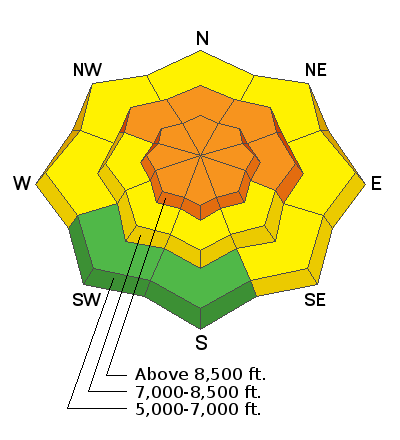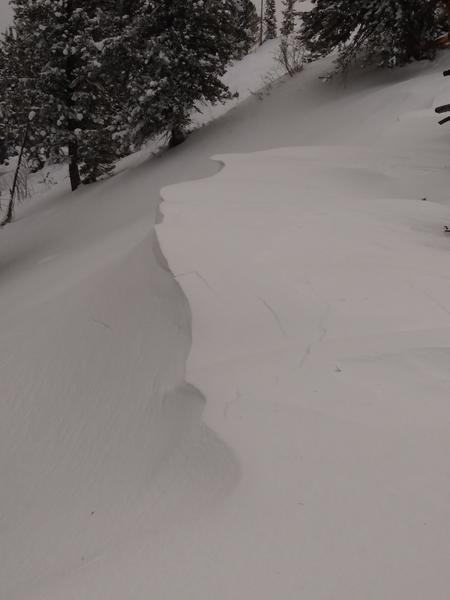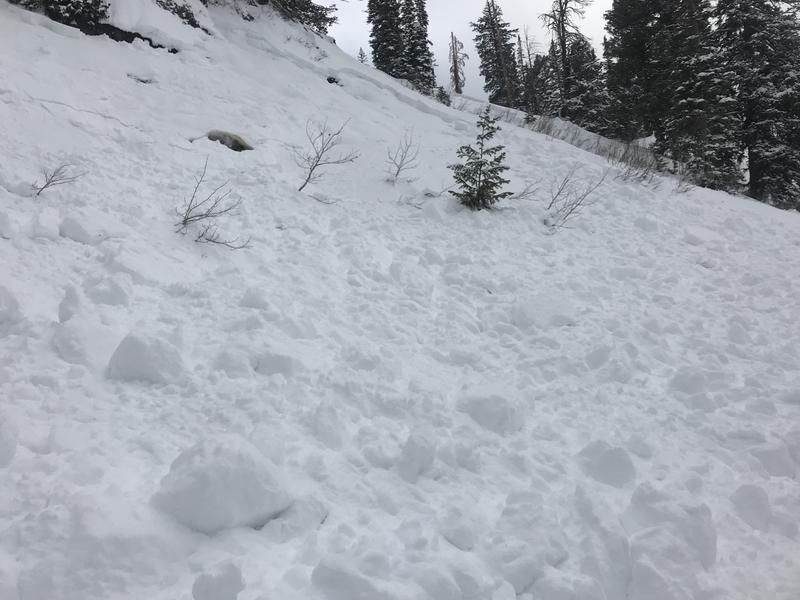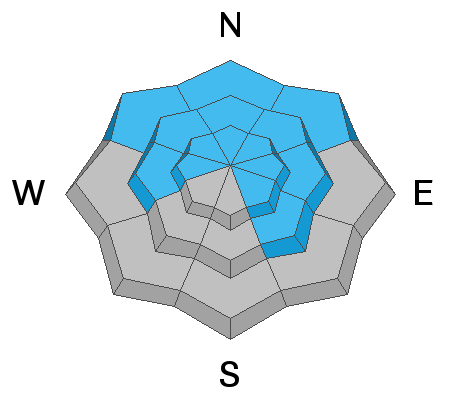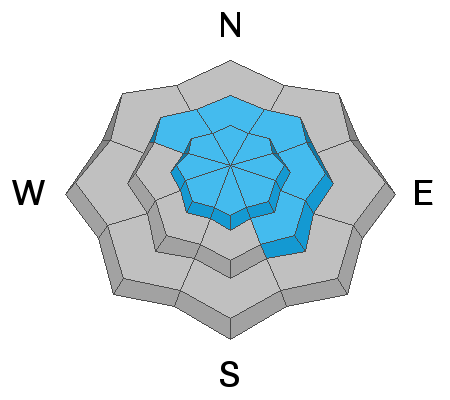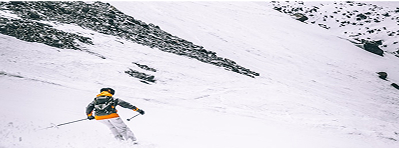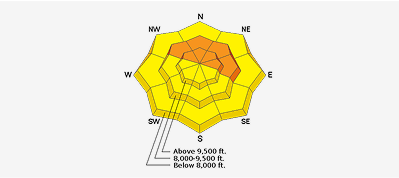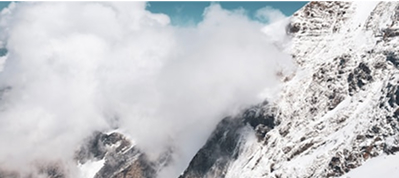Beaver Mountain is closed to uphill travel so the crew can set up for opening day tomorrow.
Thanks to the generous support of our local resorts, Ski Utah, and Backcountry, discount lift tickets are now available. Support the UAC while you ski at the resorts this season.
Tickets are available here. Heavy snow accumulated and was drifted onto steep mountain slopes with Thursday's storm, overloading widespread sugary preexisting weak snow from November. Many natural and remote triggered avalanches where observed Friday in the Logan Zone. The 1' deep soft slab avalanches were fairly forgiving and nobody got caught, but drifting over the weekend deposited stiffer drifts into lee slope avalanche starting zones and around terrain features like gullies, cliff bands, and sub ridges.
Cracking and collapsing indicate unstable snow.
Expect mostly cloudy conditions in the mountains again today, with gradual cooling and clearing towards afternoon. Expect rather blustery conditions and warming again tonight. A storm, mostly passing to our north will cause rising avalanche danger tomorrow. Expect snow showers and windy conditions tomorrow, with several inches of accumulation possible near the Idaho State Line.
Numerous natural avalanches occurred Thursday night in the Tony Grove Area, and several "user friendly" avalanches were remote triggered by different parties in the area Friday. Most of the avalanches were remote triggered from a distance before folks committed to steep slopes, and nobody got caught. The avalanches on north and east facing slopes from about 7500' up to 9000', were mostly about 1' deep, with some about 2' deep, and 20' to 400' wide. All failed on faceted snow and running on the mid-November thermal crust, leaving 1 to 2' of very sugary snow in bed surfaces..
Remote triggered avalanche from Friday above Tony Grove Lake...
Yesterday a party triggered a small avalanche low in Garden City Bowls, down in the canyon, and nobody got caught.
